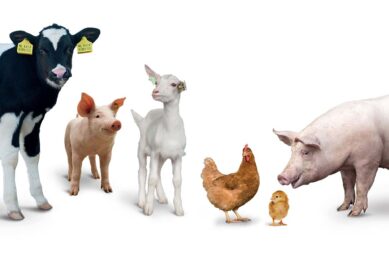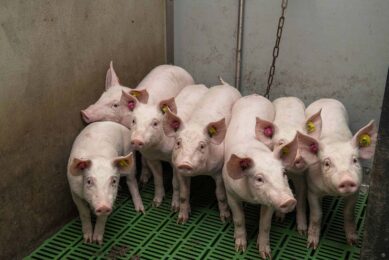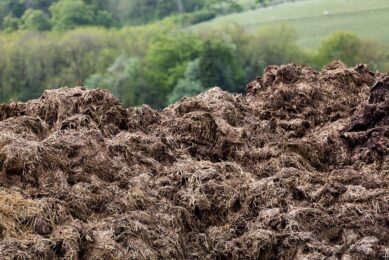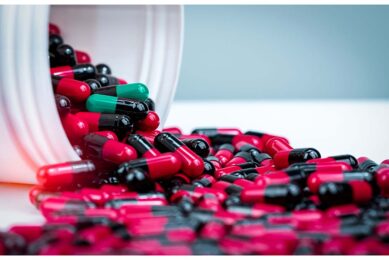Phytogenics reduce the need for antibiotics
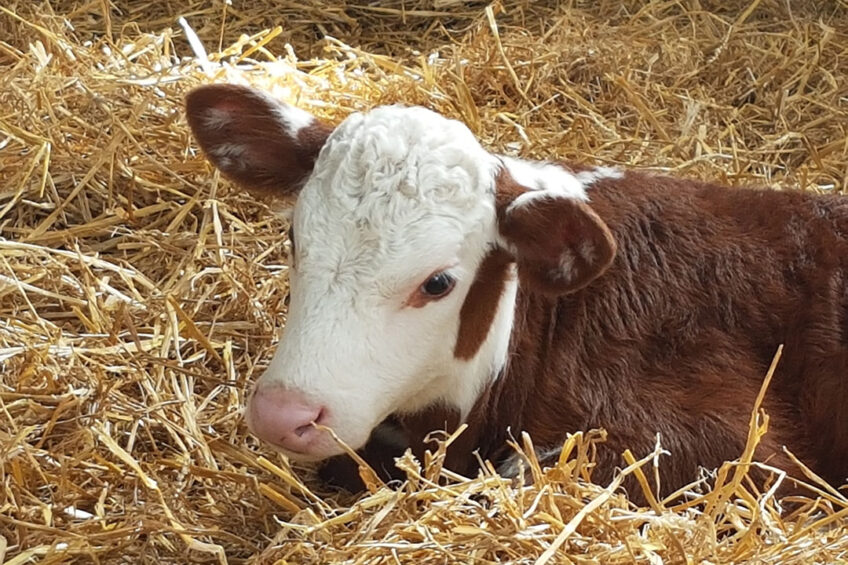
Reducing antibiotics use in livestock production has become a necessity to tackle antimicrobial resistance and also a public health matter.
In ruminants, a fair share of the antibiotics used as treatments is directed to calves. Another regular use of antibiotics, although not considered as therapeutics, is to improve performance by including ionophores in the diet of dairy or beef cattle. Delacon has designed specific phytogenic-based solutions to offer alternatives to these different topics.
Lowering the antibiotics use in calves
Young calves are very susceptible to diseases as their immune system is not fully developed at birth; they rely on the transfer of passive immunity (TPI) through the colostrum. If the number of immune agents transferred, such as immunoglobulins, is not high enough, the calves are more likely to catch a disease. In any case, a few weeks after birth, there is a transition from the passive/dam to the active/own immunity in the calf, leading to a window of increased susceptibility to diseases. In the meantime, the newborns environment can be a reservoir for pathogenic agents. Whether affecting the digestive or the respiratory tract, these pathogens can be responsible for primary or secondary infections, so antibiotic treatments are rather common.
To reduce it, measures can be implemented, such as:
- management of the gestating cows to improve the colostrum quality and its collection protocol to increase the likelihood of a successful TPI
- hygiene around calving, from a clean calving pen to the use of disinfected material in direct contact with the calf, removal of the calf shortly after birth to avoid contamination by the dam, disinfection of the newborns navel
- housing young calves in individual pens and away from older animals to avoid cross-contamination
- a thorough observation of the animals on a regular basis to react as early as possible when a calf is showing symptoms
On top of these preventive measures, the inclusion of Actifor Start or Actifor Protect in the calf milk replacer throughout the preweaning period has improved the calves’ general resilience compared to the negative control. This led to a reduction in the number of treatments related to digestive or respiratory disorders, respectively, and a reduction in the duration of treatments (-40% in highly contaminated farms). At the same time, the growth performance of the calves was improved (+7% ADG), as they were confronted with less adverse conditions.
Alternative to ionophores
Ionophores have been used for decades as performance enhancers in livestock, and although they are categorised as antibiotics, they are not therapeutic antibiotics. Nevertheless, their use as an antibiotic growth promoter (AGP) has been completely banned for ruminants in the EU since 2006, and their potential replacement in other countries has become a topic.
The phytogenics contained in Actifor Boost act similarly to monensin, the most commonly used ionophore since they lead to a better feed efficiency (+3%).
When included in the diet, the product improves rumen protein and energy supply to the cow. It increases metabolisation, resulting in increased milk yield (+1.3 kg/day ECM (energy corrected milk)) and milk protein (+5%), decreased MUN (milk urea nitrogen) (-7%), and improved overall animal better resilience.
In beef, Actifor Boost improves the body weight gain (+5.5%) and the carcass dressing. Finally, it has shown similar performance and feed efficiency compared to ionophores in beef and dairy productions, making it a natural alternative for partial or total replacement of ionophores used as AGP.
References are available upon request.



